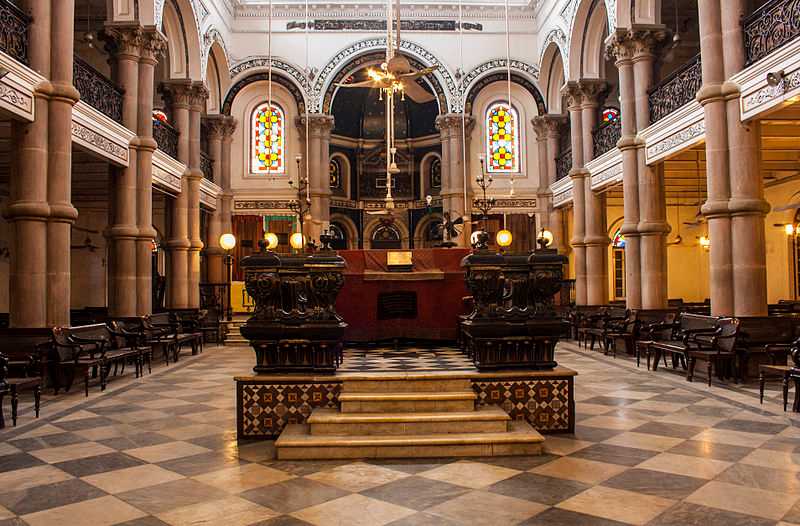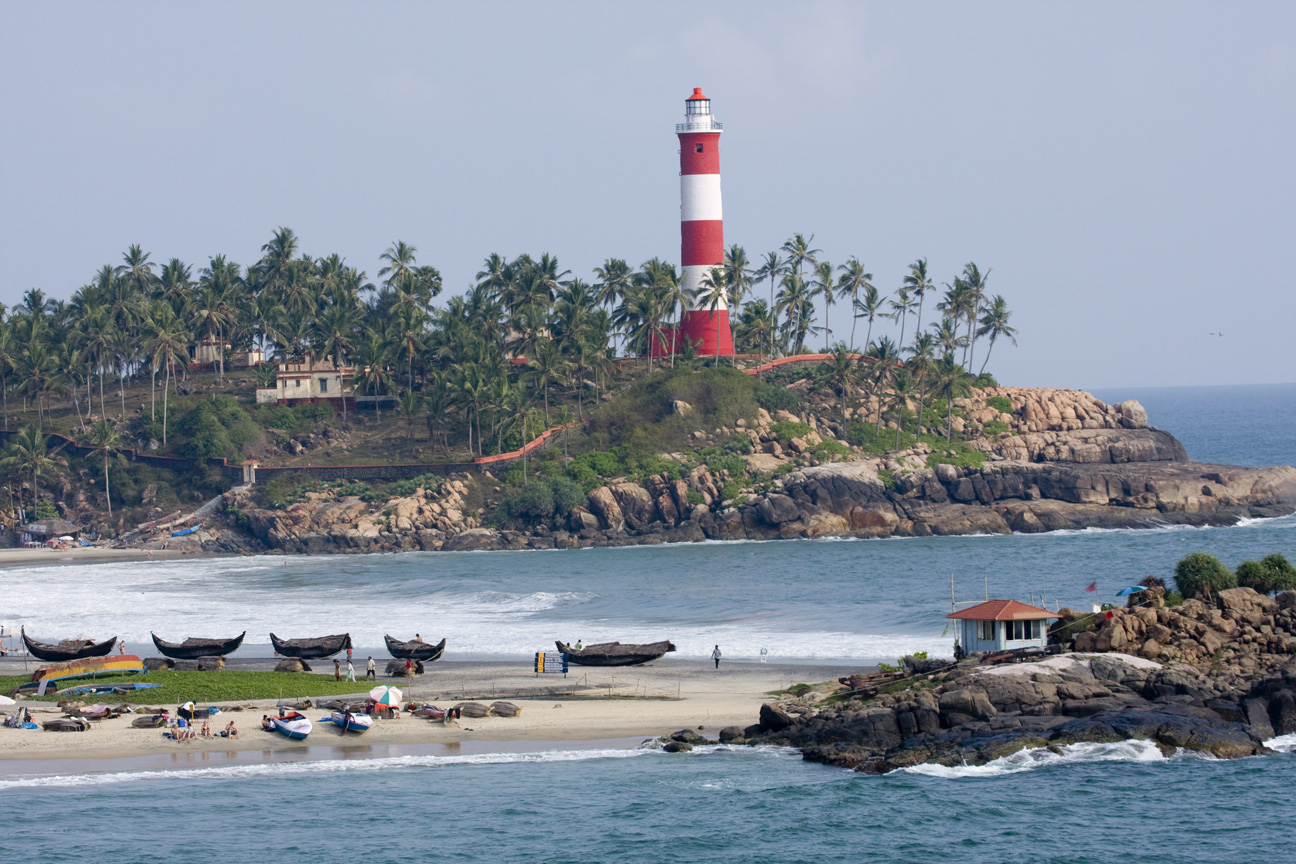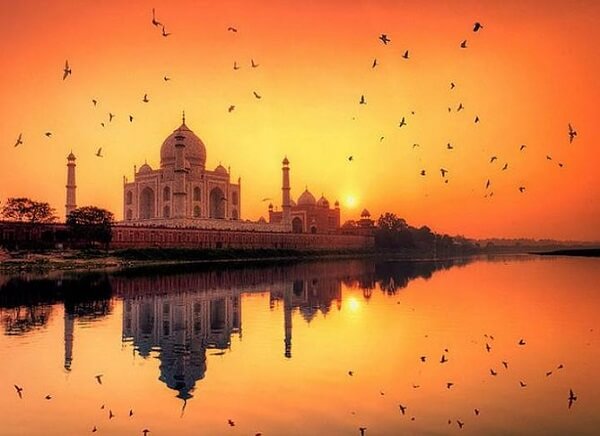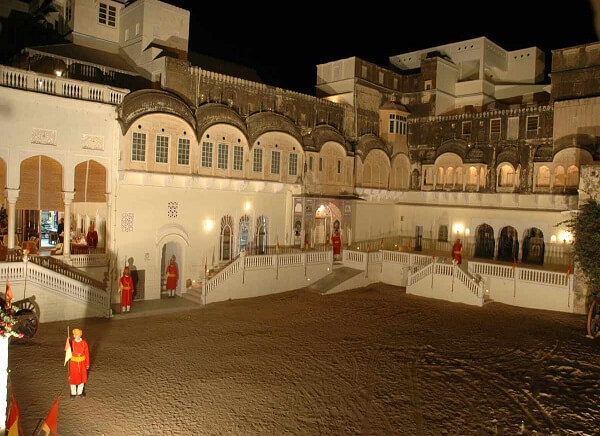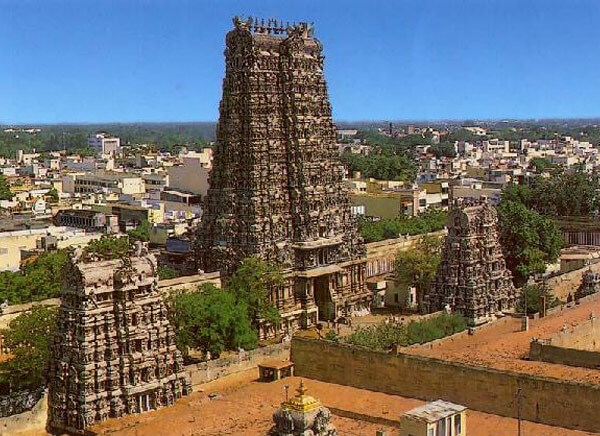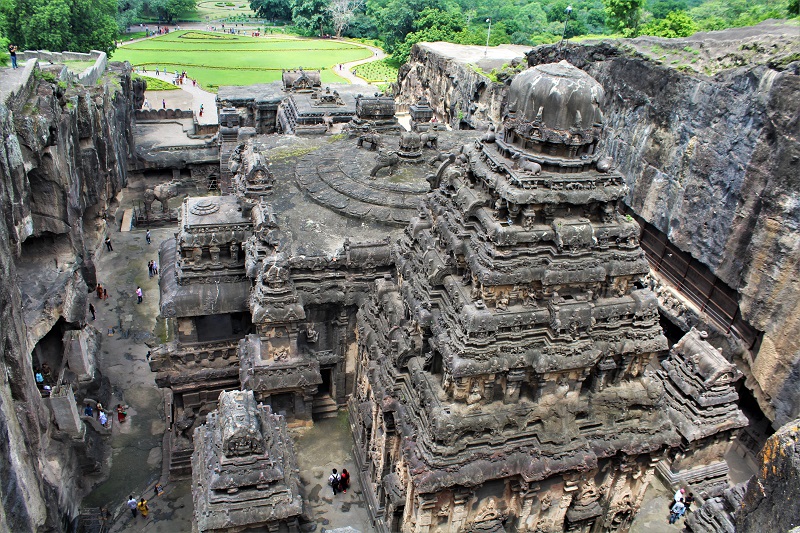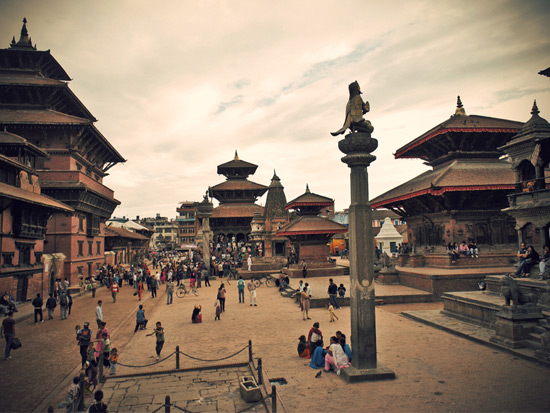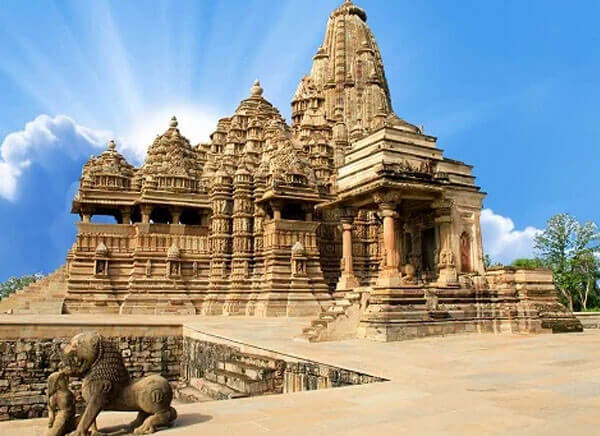8 Most Common Religions in India
India, the melting pot of cultures is also known for its religious diversity. Religion forms the ubiquitous thread in its diverse tapestry that has a history dating back to the centuries. There are myriad of religious beliefs and practices that co-exist in beautiful harmony. This harmony can be seen in their festivals, ceremonies, rituals and traditions. Each of the celebrations spreads the message of brotherhood and brings people closer to one another. Indeed, religion is the defining characteristic of the country's population.
However, there is no official state religion. The major religions are Hinduism, Islam, Christianity, Sikhism, Buddhism, Jainism, Zoroastrianism and Judaism. This is the sole reason, why India is called a spiritual County.
1. Hinduism
Hinduism is one of the oldest religions in the world. Also known as the ‘Sanatan Dharma’, the majority of the Indian people practices Hinduism. It is based on the belief that spirits come back on the earth to live life in different forms based on their deed (karma). The faiths are deep and they follow the principles of the Vedas and the Upanishads. They worship idols which are considered as God’s reflection. The Hindu festivals are celebrated with great zeal and fervor and the entire country takes part in the celebration.
Places of Worship for Hinduism in India
The temples form the centre piece for Hinduism and God’s abode is considered divine. In the spiritual centres, the deities are treated as incarnations of Gods and serving them means good karma. There are a number of religious destinations that is flocked by pilgrims all year round.
I. Varanasi
Varanasi, the oldest living city in the world constitutes the heart of Hinduism. Located on the bank of the holy River Ganga, the city has a rooted identity and is linked to Lord Shiva.
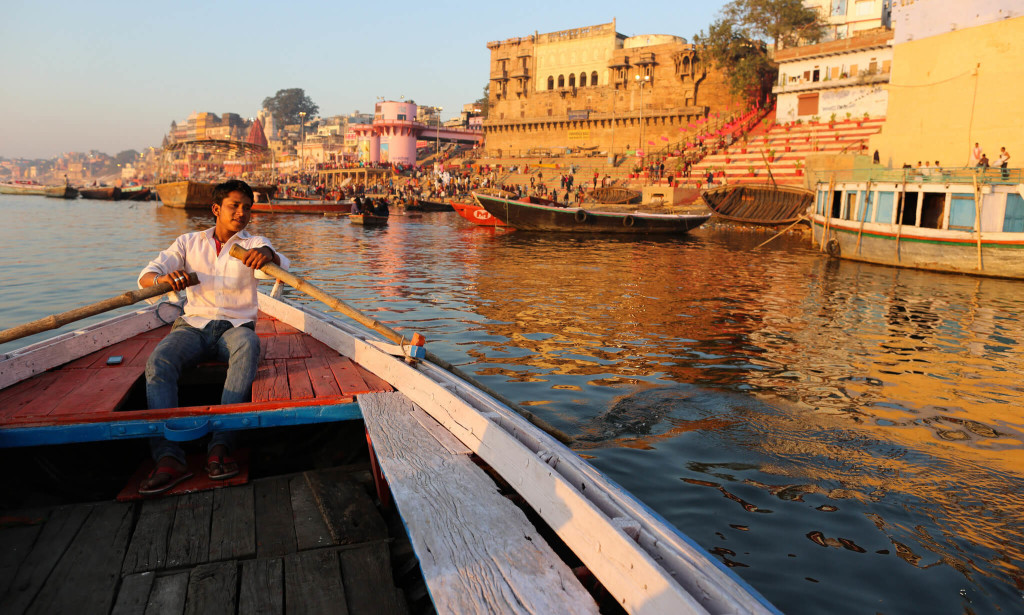
It houses the legendary Vishwanath Temple, where one of the Jyotirlingas is enshrined. Devotees bath in the sacred river to wash away past sins and attain moksha. Varanasi is packed with temples and it is reputed as one of the holiest places in the world.
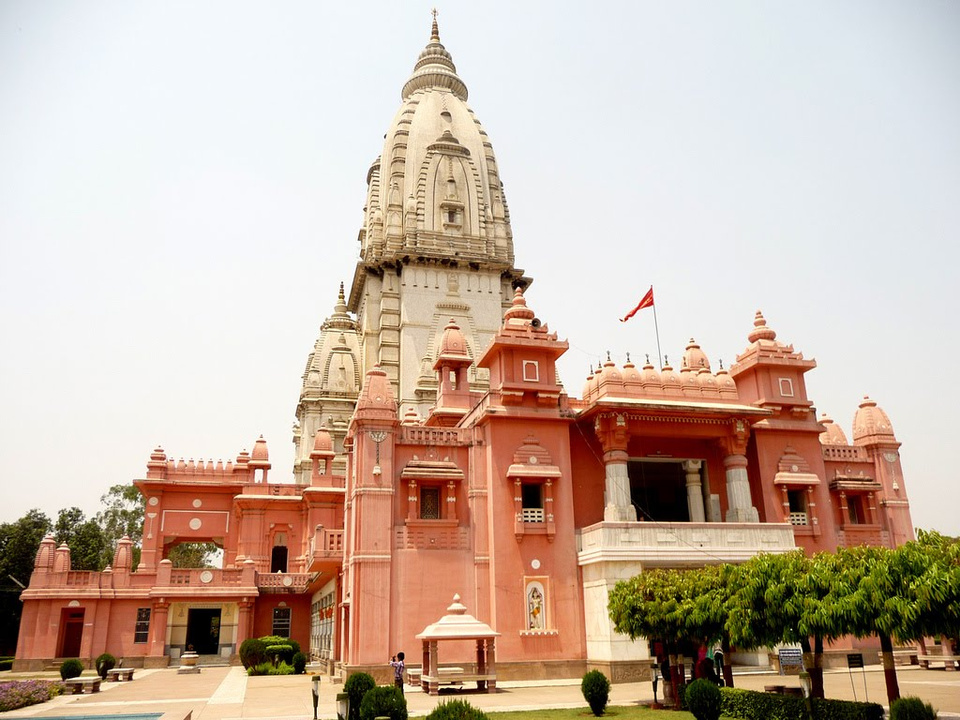
Also Read : 20 Best Places To Visit In Varanasi And Arounds
Varanasi Travel Guide :
- Best Time to Visit Varanasi
- How to Reach Varanasi
- Monuments in Varanasi
- Holy Places In Varanasi
- Ghats of Varanasi
Suggested Tour : 2 Days - Varanasi Private Tour Itinerary
II. Haridwar
Haridwar is a major Hindu pilgrimage site on the banks of the River Ganga. The ancient city is considered the abode of Lord Vishnu and Shiva. Here you can also witness other Hindu temples such as Chandi Devi Temple, Mansa Devi Temple, Vaishno Devi Temple and many more. The region is also enriched with holy ashrams and hosts religious fairs throughout the year.
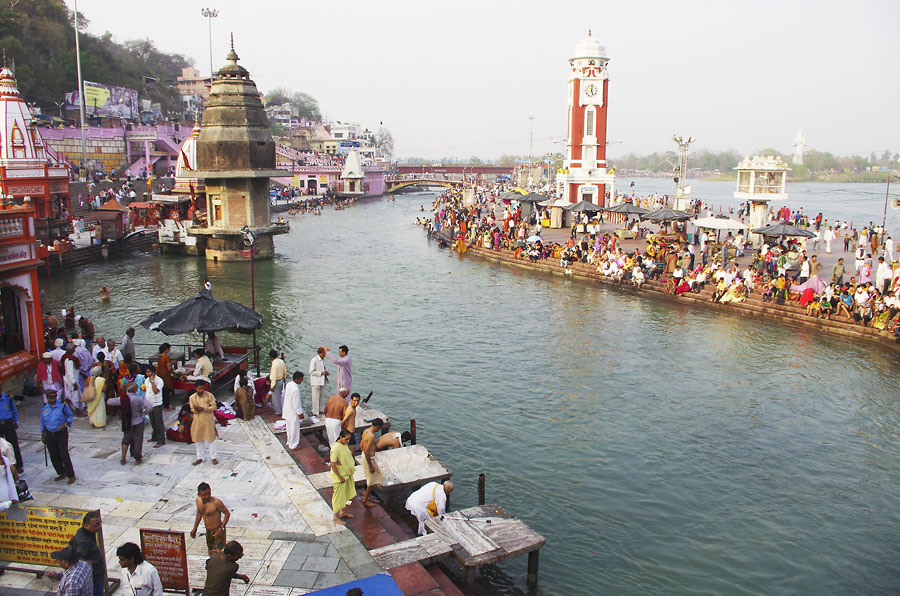
Also Read : 10 Most Beautiful Places to Visit in Uttarakhand
Suggested Tour : 13 Days - Golden Triangle with Haridwar Rishikesh
III. Rishikesh
Located in the Himalayan foothills, Rishikesh is often known as the gateway to the Char Dham Yatra. According to Hindu mythology, Rishikesh is the place where Lord Vishnu gained victory over Madhu, the demon. It is believed that several sages lived and meditated here. Rishikesh is dotted with several temples and is one of the main centres of Hinduism.
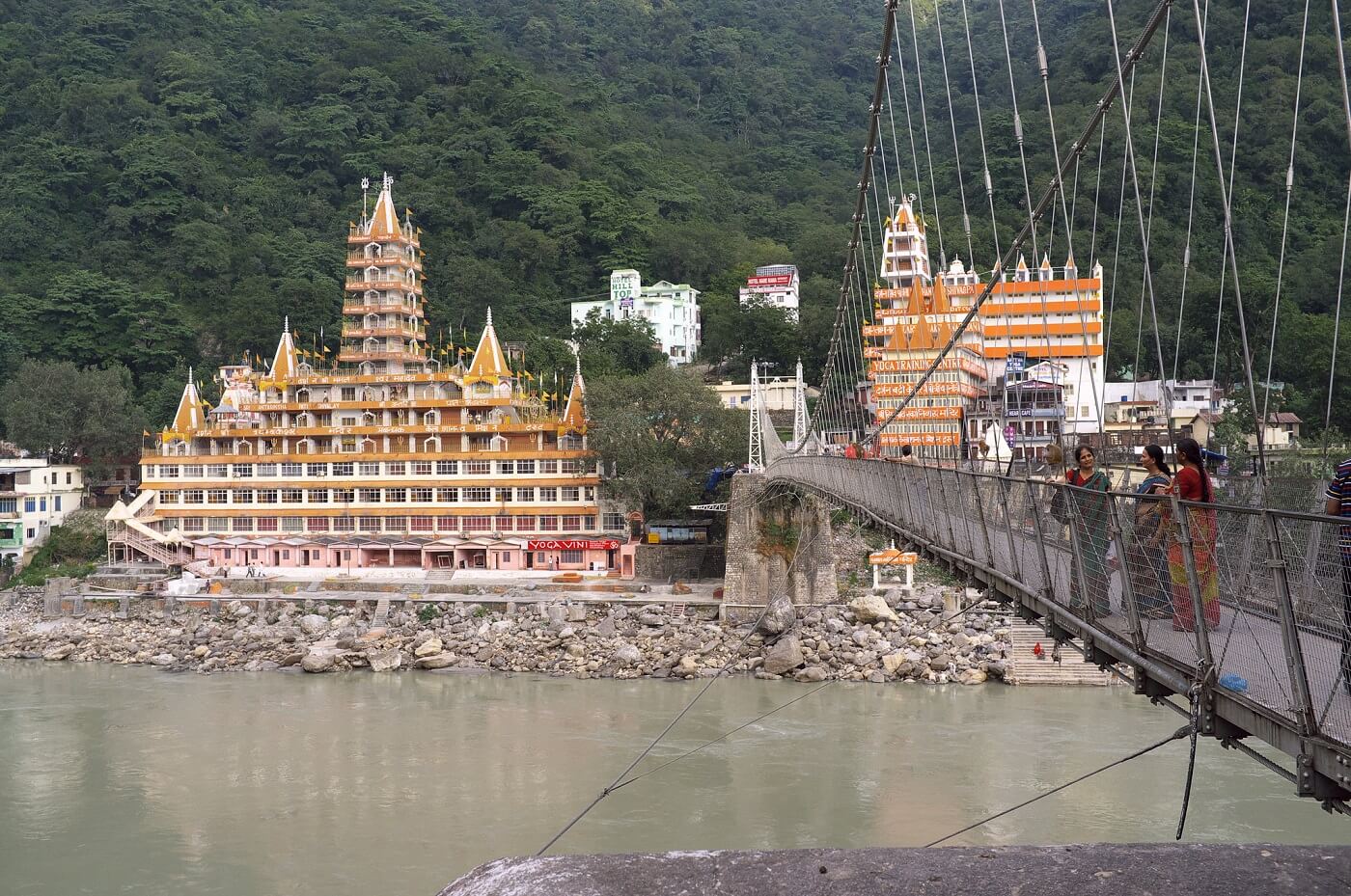
Read More : Top 10 Things To Do In Rishikesh
IV. Mathura
The birthplace of Shree Krishna, Mathura is one of the revered Hindu pilgrimage spots. The city sheds light into the life of Lord Krishna and his victory over several demons. Millions of pilgrims and tourists visit this holy destination to immerse in the essence of religious fervour. Some of the well known religious sites are Vishram Ghat, Dwarikadheesh Temple and Kans Kila.
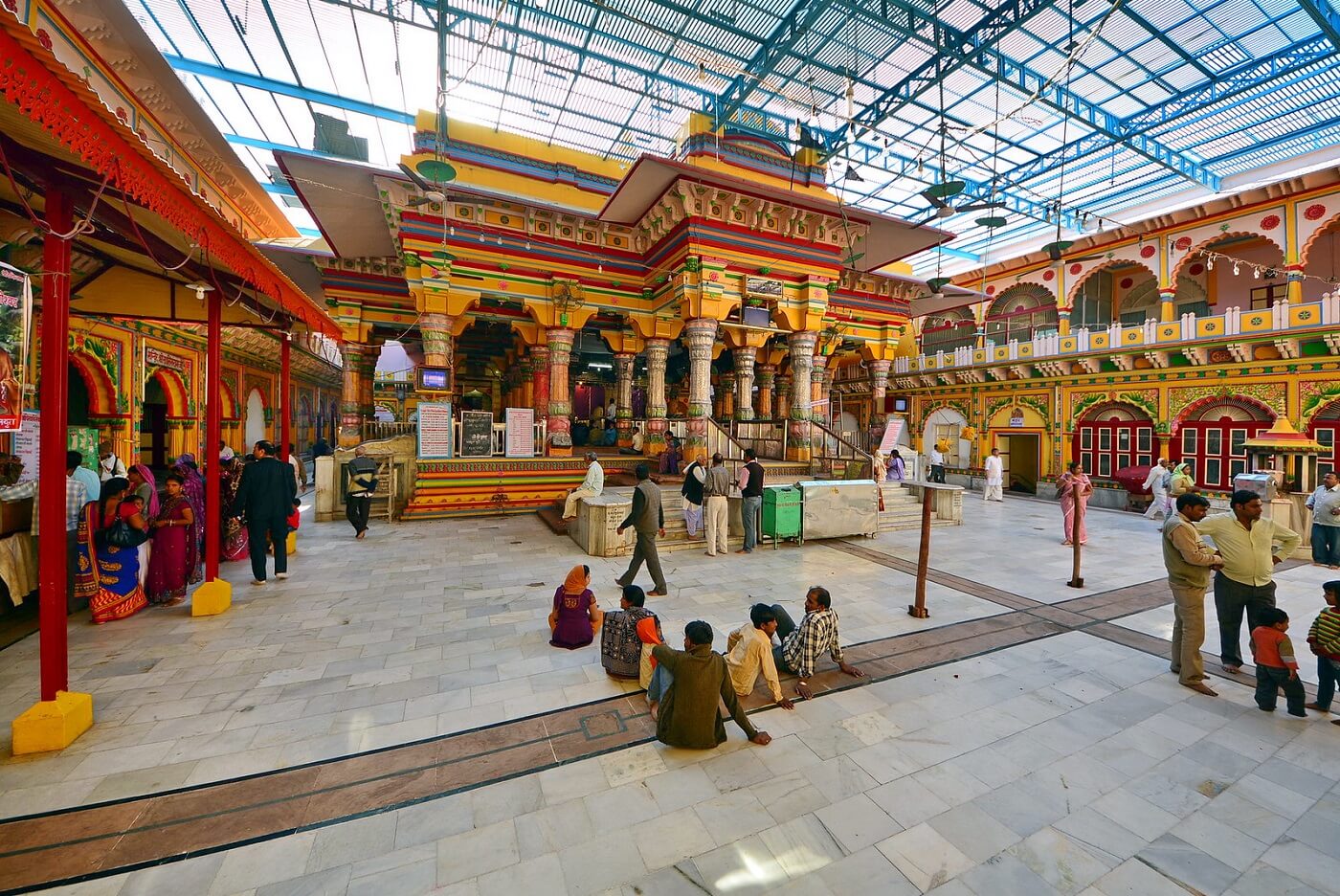
Also Read : A Complete Guide about Swaminarayan Akshardham Temple, Delhi
Suggested Tour : 8 Days - Rajasthan Agra With Mathura Vrindavan
V. Vrindavan
Vrindavan is a sacred town where Lord Krishna spent his childhood days. This holy destination is filled with magnificent temples that exude aristocratic opulence. The Krishna Balaram Temple (ISKCON) is a prominent religious structure not only for the Hindus but also for the International Krishna devotees. Other important temples include the auspicious Bankey Bihari Temple, the 16th century Govind Dev Temple, the ancient Madan Mohan Temple and so on.
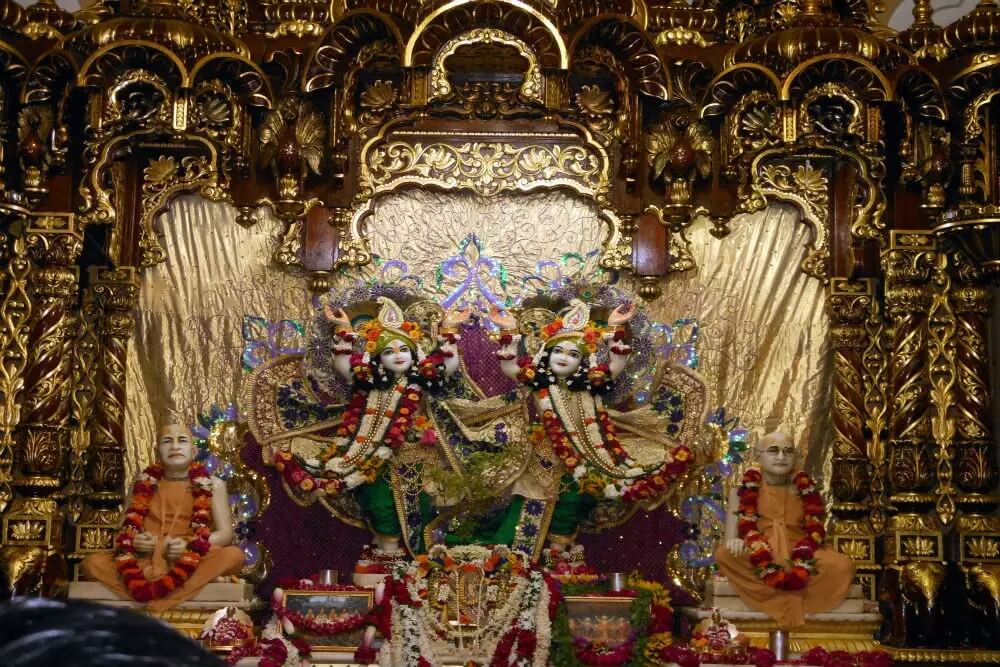
Suggested Tour : 15 Days - Mumbai with Rajasthan Tour
2. Islam
Islam came to India around the 8th century and it is the second largest religion in the country. The Muslims follow the teachings of Prophet Muhammad and constitute 13% of the country’s population. They are divided into two sects, the Shias and the Sunnis. The followers of Islam mostly reside in the Western and Northern India and have a strong impact on society. This is because; numerous Muslim rulers ruled the country in the medieval era. The prominent Islamic festivals celebrated in India include Muharram, Eid-ul-Fitr and Eid-ul-Zuha.
Places of Worship for Islam in India
I. Hyderabad
Hyderabad, the capital of Andhra Pradesh is a prime Muslim pilgrimage site. The marvellous Charminar Mosque holds a lot of religious significance to the Islamic population. The mosque is made from granite and is a feast to the eyes. The Mecca Masjid is another revered site for the Muslims. This mosque is the home to several religious relics and houses a hair of Prophet Muhammad. Pilgrims flock to these places of worship in search of divinity.
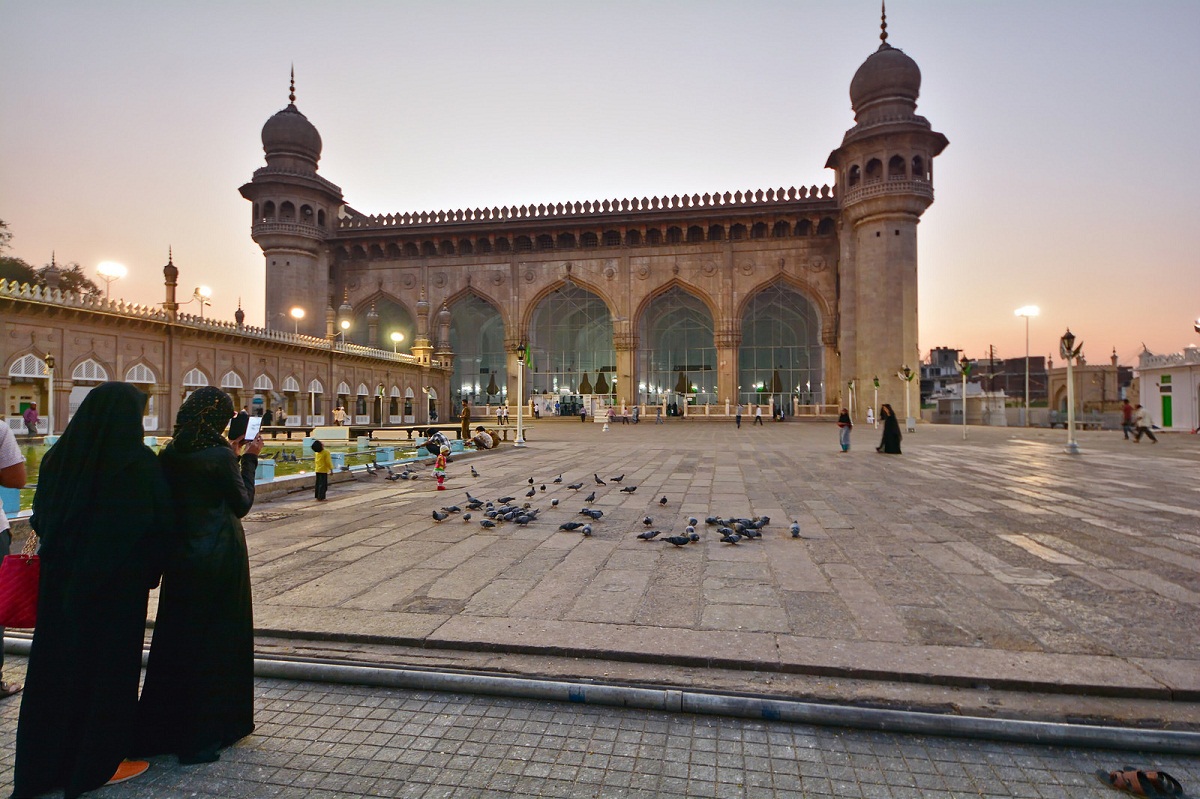
Also Read : 10 Most Famous Mosques in India
II. Agra
The arrival of Islam gifted India with a wealth of architectural gems. Undoubtedly, Agra is the finest example. The region is enriched with Muslim sacred sites and draw visitors across the globe. Countless mosques give a spiritually enlightening experience. Apart from mosques, there are tombs and graveyards that belong to the religious leaders. The most sought after holy places are the Moti Masjid and the Jama Masjid, built during the reign of Emperor Shah Jahan.
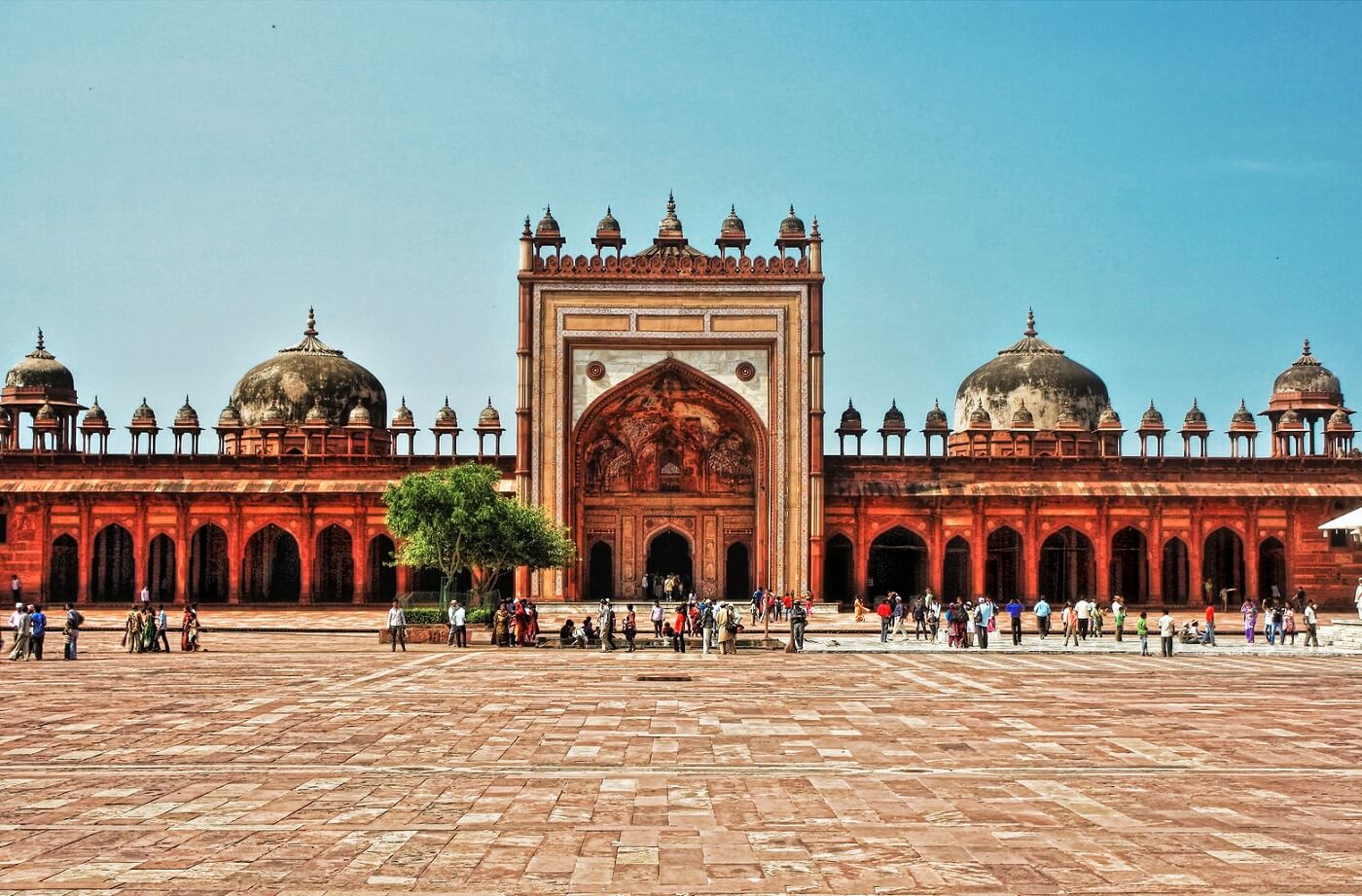
Agra Travel Guide :
- Best Time to Visit Agra
- How to Reach Agra
- Tourist Destinations Near Agra
- Things to Do in Agra
- Tourist Attraction in Agra
Suggested Tour : 5 Days - Exclusive Taj Mahal Tour
III. Rajasthan
The royal state is not only famous for its Rajput architecture but also reflects the glorious Muslim era. There are plenty of mosques and dargahs in Rajasthan that are considered sacred by the Muslim population. The 13th century Nabi Qadi Hamid Mosque is the first Islamic building in the region. Another popular mosque is the Khanzadon ki Masjid that is simple yet elegant. The Dargah Masjid is considered an exclusive piece because of its unique architectural style. The pilgrims visit these places to seek spirituality and enlightenment.

Also Read : Top 10 Temples in Rajasthan you Must Visit
Read More : 20 Most Visited Forts and Palaces in Rajasthan
Rajasthan Travel Guide :
- History of Rajasthan
- Best Time to Visit Rajasthan
- How to Reach Rajasthan
- Fairs and Festivals in Rajasthan
- Things to Do in Rajasthan
Suggested Tour : 9 Days - Golden Triangle with Ajmer Pushkar Tour
3. Christianity
Christianity is another well-known religion in the country. It is believed that Christianity was introduced in India more than 2000 years ago. The Christian population is found everywhere in the country but the majority resides in Southern and North-East India as well as the Konkan Coast. They are a follower of Jesus Christ and read the holy book of the Bible. Christmas is their most important festival. Other major festivals are Easter and Good Friday.
Also Read : Best Places To Celebrate Christmas in India
Places of Worship for Christianity in India
Although Christianity didn’t originate in the country, they share a strong relationship. It was introduced in AD 52 by St. Thomas after he sailed from East Asia. There are several ancient churches in India that are a fusion of British and European architectural style. Most of them are pretty lost in time but exudes charm. They are considered sacred and form the heart of the Christian pilgrimage destinations.
Read More : 10 Most Famous Churches in India
I. Goa
Goa as a Christian religious destination is well-known across the globe. There is an end number of churches and the most popular is the Basilica of Bom Jesus that houses the tomb of St. Francis Xavier. Another distinguished church is the SE Cathedral which is also listed as a UNESCO World Heritage Site. Other churches include St. Francis of Assisi and St.Cajetan Church.
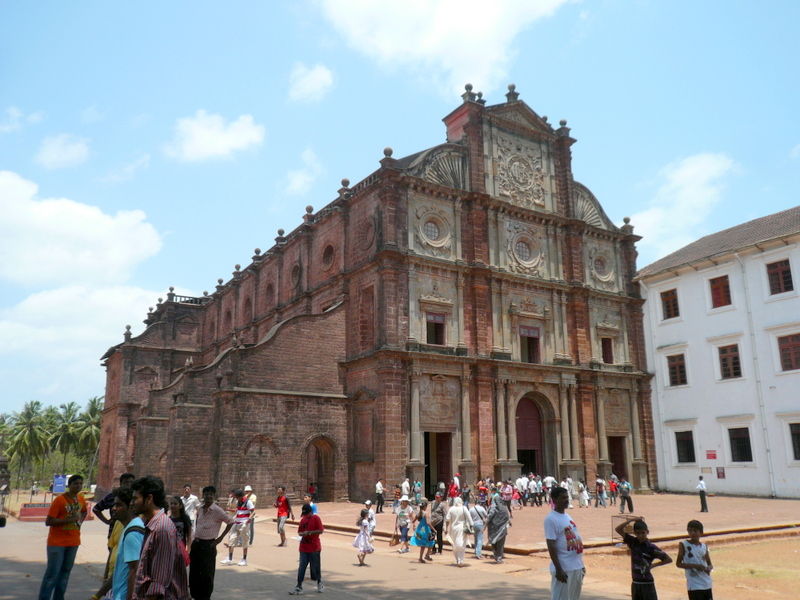
Suggested Tour : 4 Days- Goa Tour
II. Kerala
Kerala is the first Indian state that got introduced to Christianity. The message was spread by St. Thomas but another major factor that contributed to the growth of the religion was the arrival of the Syrian immigrants. The Christian pilgrimage sites dominate the state of Kerala and you might see a church at every 100 metres.
The Parumala Church in Munnar tops the list. It is believed that the chapel possesses spiritual powers and invite devotees from far and near. The Malayattoor Kurisumudi Church is another important religious centre which is perched on Malayattoor hill. It is said that St. Thomas meditated at the hilltop. Apart from these, Kerala boasts a number of Basilicas, Cathedrals and Orthodox centres.
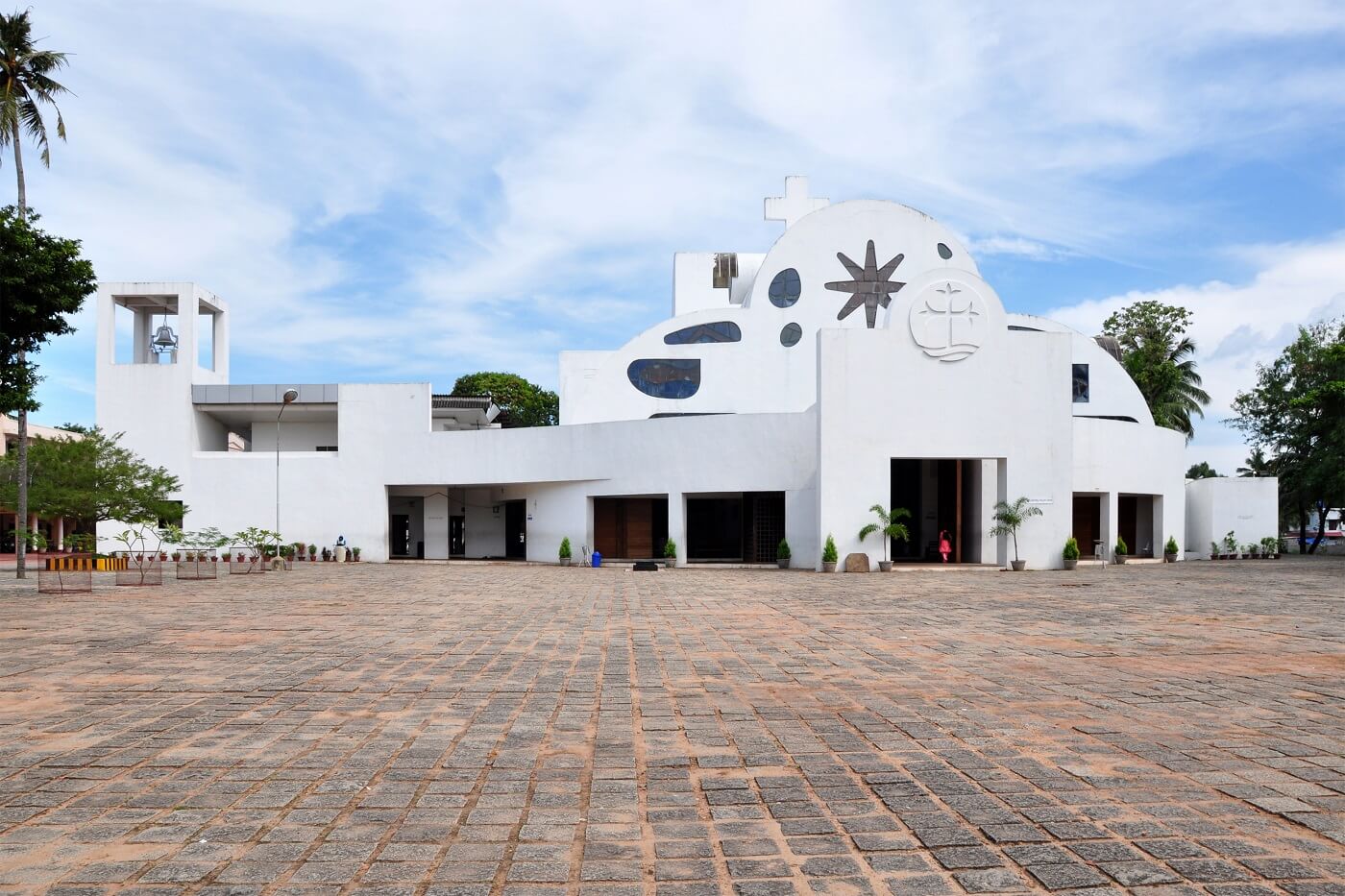
Also Read : Top 10 Temples of Kerala
Kerala Travel Guide :
- History of Kerala
- How to Reach Kerala
- Best Time to Visit Kerala
- Top Tourist Attractions in Kerala
- What to Eat in Kerala
Suggested Tour : 10 Days - Best of Kerala Tour
III. Tamil Nadu
Tamil Nadu is a major pilgrim centre for the Christian population. The state was colonized by the Dutch, the Portuguese, the Italians and the British that had an impact on the religion. Today, Tamil Nadu hosts some of the most exquisite churches in the country. The 16th Basilica of Our Lady of Good Health in Velankanni attracts thousands of devotees throughout the year. Another revered church is the San Thomas Cathedral in Chennai. St. Mary’s Cathedral (Madurai), La Saleth Church (Kodaikanal) and Holy Trinity Church (Ooty) are other renowned churches.
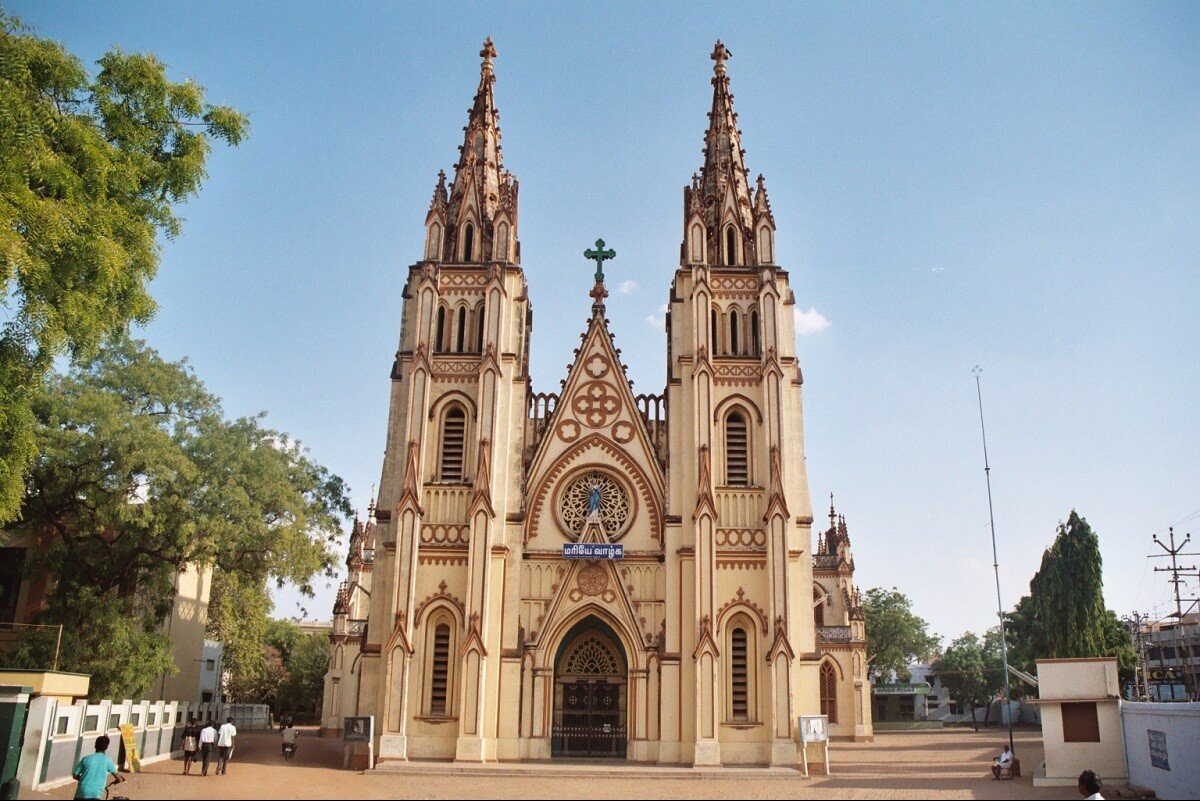
IV. Meghalaya
The North-eastern state of Meghalaya is gifted with a number of cathedrals and churches that boasts a rich history. All Saints Church is one of the oldest in Shillong, it was built during the British era and has a colonial architectural style. The 20th-century Cathedral of Mary is another important cathedral in the capital city. Other churches are Shillong Baptist, Pohkseh Presbyterian, Church of God and many more.
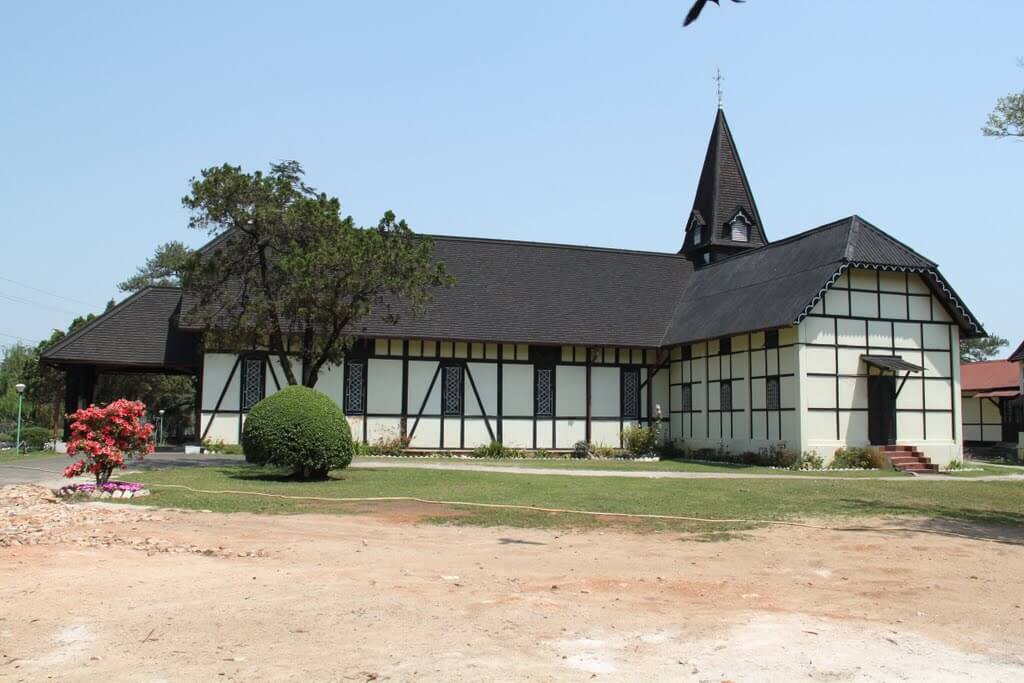
Also Read : 7 Best Places to Visit in North East India
Read More : Top 10 Places To Visit In Meghalaya
4. Sikkhism
Sikkhism came into existence around 400 years ago and currently makes up 1.7% of the Indian population. The majority of the Sikhs lives in Punjab where the religion was originated. They follow the preaching of Guru Nanak and believe that God is everywhere. Sikhism emphasizes more on serving the poor and the needy. They also believe in equal rights irrespective of caste and creed.
Places of Worship for Sikkhism in India
The Sikhs worship in the Gurudwara, each of the monument is a mix of historical reminisces and spiritual values. The Sikhs do not believe in pilgrimage sites and only have a few important places of worship. They only believe in pleasing God with the act of service. Most of the Gurudwaras are located in various places around Punjab.
I. Punjab
Sikhism is a comparatively new religion that originated in Punjab. The Golden Temple in Amritsar is the holiest Gurudwara in India and abroad. It is one of the most inspiring symbols for the Sikhs. Apart from the Golden Temple, there are several Gurudwaras that line the region. This includes Fatehgarh Sahib, a prime religious spot where the Shahibzadas of Guru Govind Singh was buried alive by the Mughals. Another is the Damdama Sahib where Guru Govind Singh worked on the Adi Granth for 9 months. Hence, each of the sites has its own historical and religious significance.
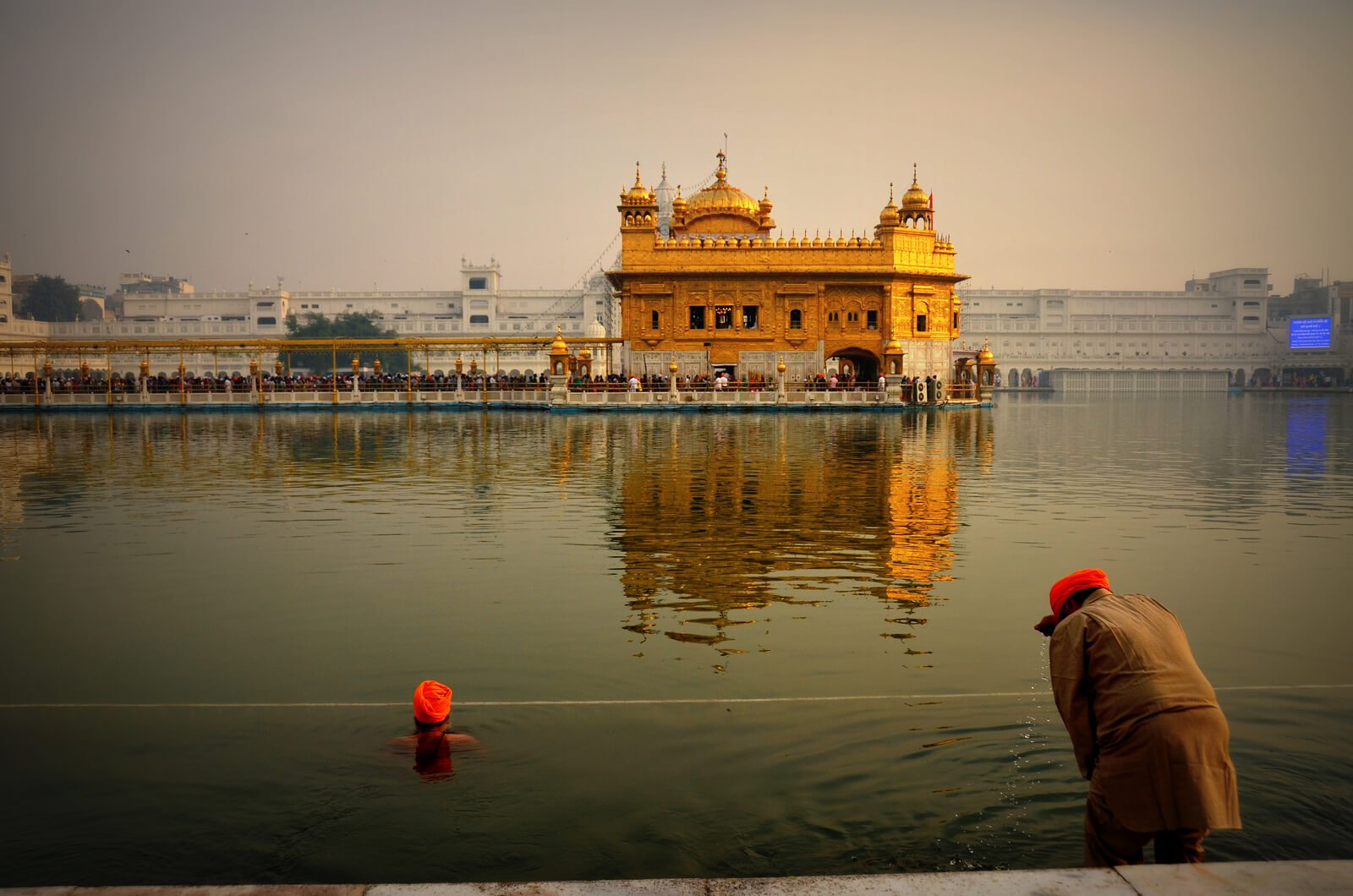
Get Complete Guide : Golden Temple Amritsar- The Most Visited Place in the World
II. Chandigarh
The capital of Punjab is often considered one of the most sacred places for the Sikhism. It is said that Sikhism started spreading from the ranges of the Shivalik. Chandigarh is overflowing with a myriad of religious places, particularly Gurudwaras. The Gurudwaras are a beautiful amalgamation of contemporary style and regional history. One of the significant shrines is the Nada Sahib that has immense spiritual power. Another well-known Gurudwara is the Khooni Sahib located in the village of Manimajra. There are many other Gurudwaras around the city that is historically important coupled with religious values.
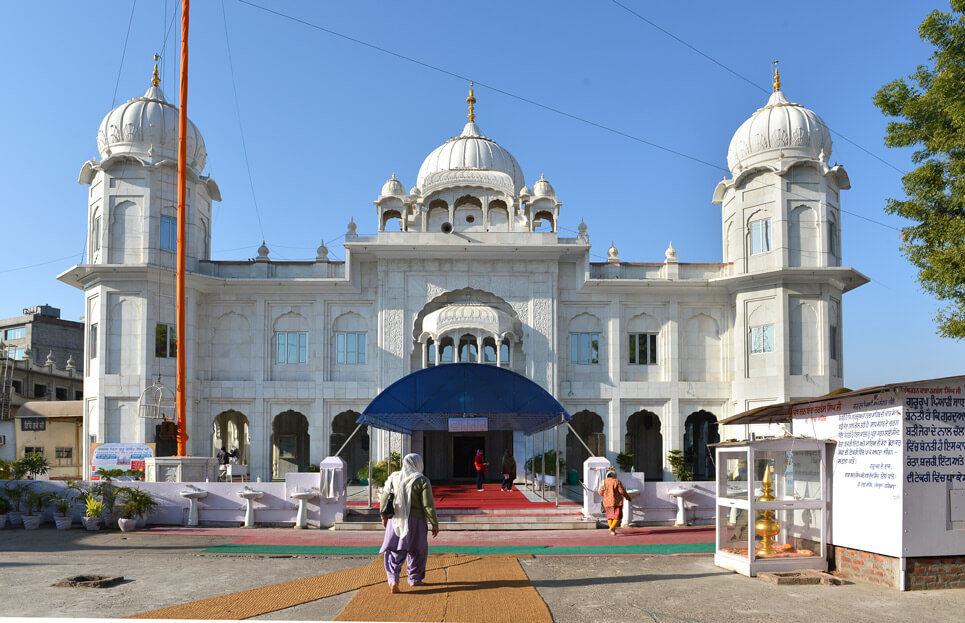
5. Buddhism
Founded by sage Gautam Buddha, Buddhism forms only 1% of the total population in India. It originated around the erstwhile Magadha Kingdom (Bihar, India) in the 5th century BC. The followers of Buddhism believe in the concept of karma and rebirth. They also engage in various devotional practices such as pilgrimage, chanting and offering. They celebrate Vesak (Buddha’s Birthday), Magha Puja Day, Losar and the Asalha Day.
Places of Worship for Buddhism in India
The Buddhism pilgrimage destinations are so popular in our country that hordes of tourists visit these places all year round. The Sarnath, Varanasi and Bodhgaya Buddhist Circuit have good road connectivity and offers peace of mind and soul.
I. Bodhgaya
Lord Buddha attained enlightenment under a Pipal Tree in Gaya, 100 kilometres from Patna. Today Bodhgaya is the most important pilgrimage centre for the Buddhists. The major attraction is the Maha Bodhi Temple that hosts a massive Buddha statue. Another interesting place is the Jewel Walk; it is believed that Buddha used to stroll around this place. There are several other monasteries constructed in this region.
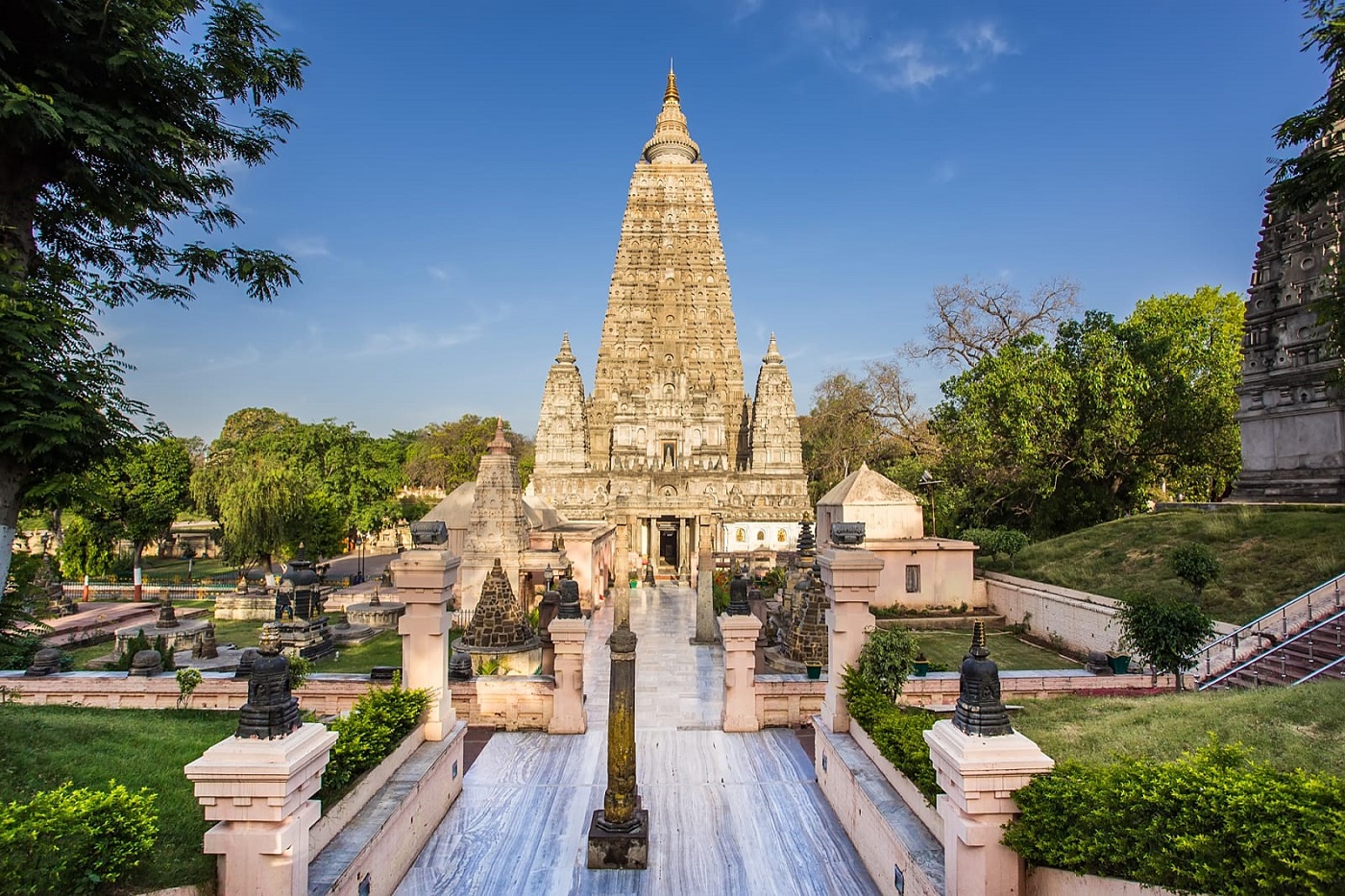
Also Read : 10 Most Famous Buddhist Temples In India
II. Sarnath
At a distance of 11 kilometres from Varanasi is the sacred town of Sarnath. It is the place where Buddha delivered his first sermon after enlightenment. The main attraction here is the Dhamek Stupa that was built by King Ashoka. Other important sites are the Chaukhandi Stupa and Sarnath Museum.
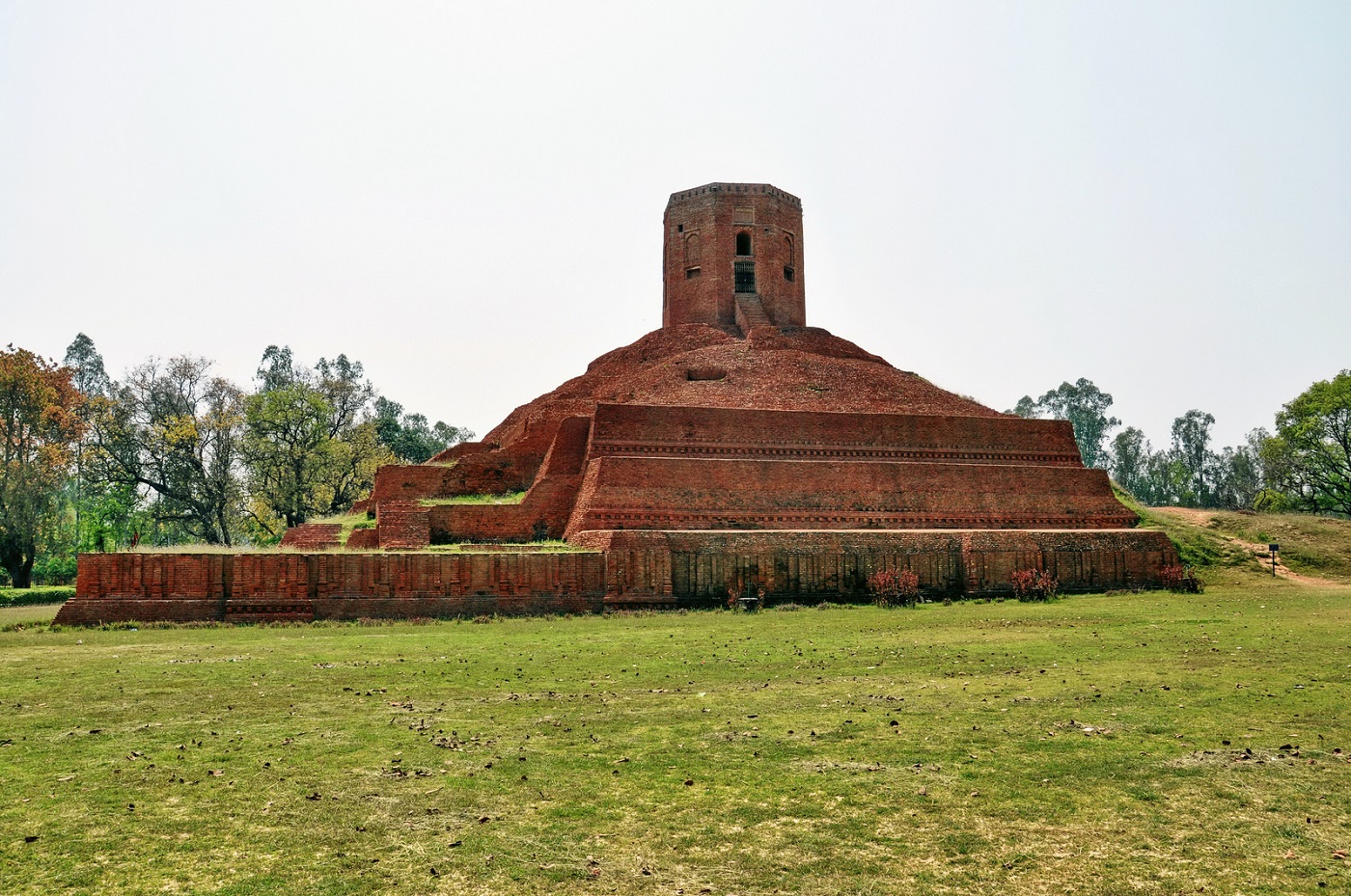
III. Sikkim
Sikkim is another popular Buddhist destination that houses more than 200 monasteries. The presence of Buddhism in this region has an impact on the local culture and people's lifestyle. Although Buddha never visited Sikkim, his words deeply influenced this region and today it is one of the important Buddhism pilgrimage sites. The major attractions are the Rumtek Monastery, Phodang Monastery, Labrang Monastery and so on.
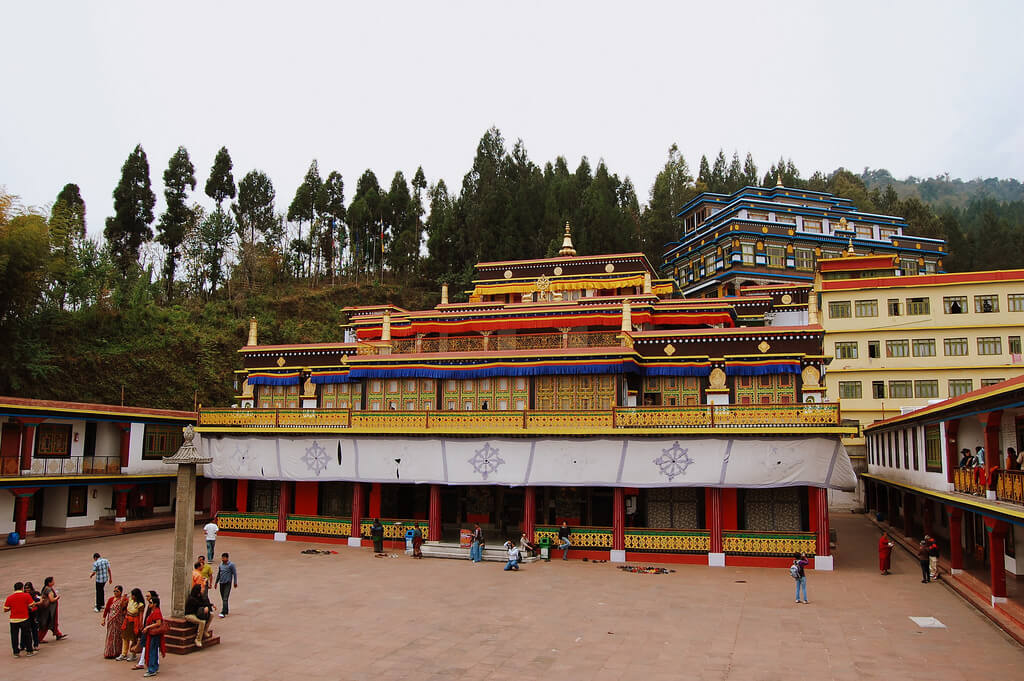
Also Read : Top 10 Most Popular Buddhist Monasteries in India
IV. Kaushambi
Kaushambi is a well known Buddhist site, 185 kilometres away from the sacred city of Varanasi. Lord Buddha visited this city in the 6th and the 9th year of his enlightenment; hence Kaushambi has a special place in the hearts of the Buddhist followers. The place is closely associated with the sermons that Gautam Buddha delivered. Kaushambi has a long history and the monastery ruins can still be found here.
6. Jainism
Jainism was founded by Mahavira in Eastern India between 7th-5th century BC. It is based on the principles of non-possessiveness, non-violence and non-absolutism. Only 0.5% of the Indians follow this religion. Mahavira Jayanti, Paryushana and Diwali are the major festivals of the Jain population.
Places of Worship for Jainism in India
Jainism believes in no God, they are based on the principle of non-violence and focuses on enlightenment and attainment of moksha. Today, there are around four million followers of Mahavira and a number of Jain pilgrimage centres in the country.
I. Maharashtra
Jainism has always been a part of the religious culture in Maharashtra. The state is the home to the largest Jain population. The prime example is the Ellora Caves. Babu Amichand Adishwarji is another wonderful Jain Temple in Mumbai. The sparkling white Jain Temple in Karjat is a beautiful structure that features brilliant architecture. Other well –known Jain tirthas and temples include Paithan Jain Tirth, Kachner Jain Temple, Shantinath Jain Peeth, Pashvanath Jain Temple and so on.
Mumbai Travel Guide :
- History, Language & Culture of Mumbai
- Best Time to Visit Mumbai
- How to Reach Mumbai
- Top Tourist Attractions in Mumbai
- Festival and Events in Mumbai
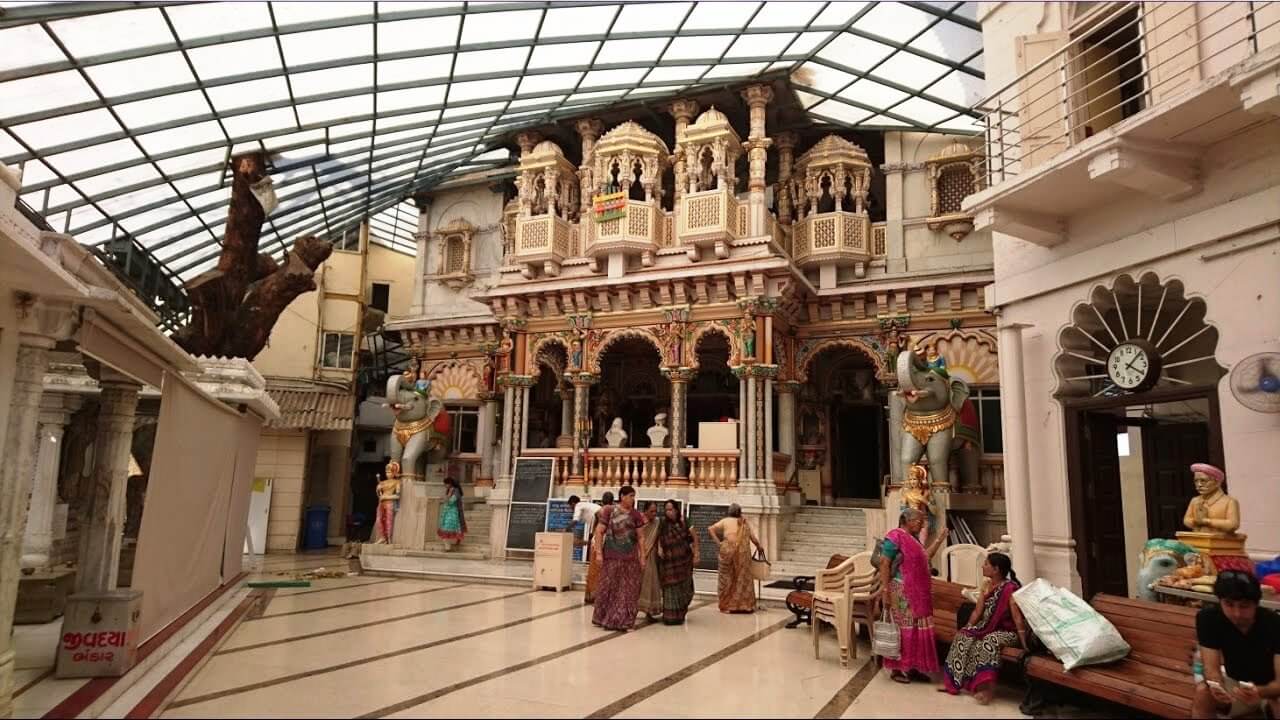
II. Rajasthan
A majority of the Jain population also resides in Rajasthan. The Jain Temples in this part of the country are stunningly beautiful and gained a reputation as a Jain pilgrimage spot. Sitting on top of a hill in Mount Abu, the Dilwara Temples are a sight to behold. The intricate marble work contributed to its popularity around the world. Mirpur Jain Temples in Sirohi is known for the splendid architecture. It was constructed by the Rajputs and reputed as the oldest marble structure in Rajasthan. Other distinguished Jain temples are in Sanganer, Ranakpur, Ajmer and Jaisalmer.
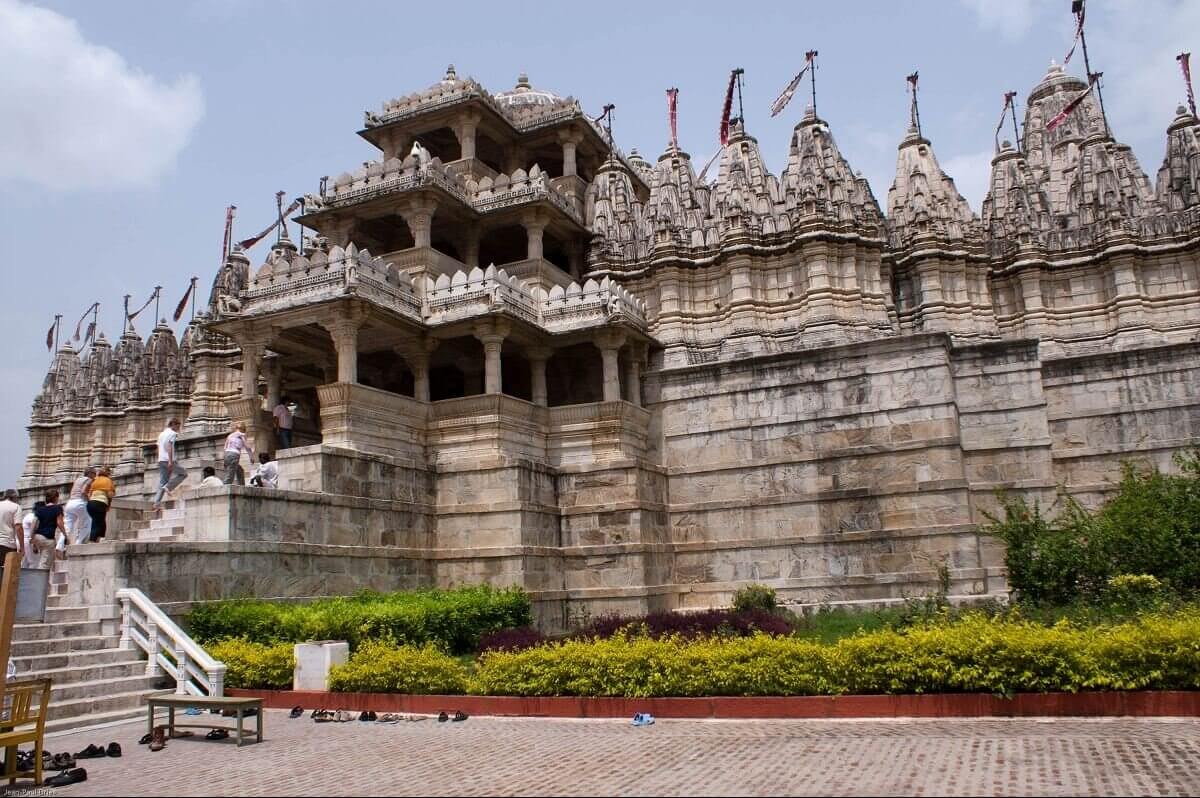
III. Gujarat
Gujarat plays an integral role for the followers of Jainism in the country. Most of the temples in this region were constructed between the 6th and 7th century. The Palitana Temple is one of the most exhilarating Jain Temples in Gujrat. Kumbhariya Jain Temple in Ambaji with a total of five marble shrines is worth visiting. Other prime Jain Temples that forms a part of Gujrat’s diverse culture are Vasai Jain Temple (Kutch district), Girnar Jain Temples (Girnar Hill), Mahudi Jain Temple (Gandhinagar district) and so on.
IV. Madhya Pradesh
Madhya Pradesh is blessed with a number of Jain holy places that will teleport you to ancient India. Atishay Kshetra at Bajrangarh is known all over the world. This temple is more than 1200 years old and boasts a high historic value. The ancient temples of Khajuraho form a part of the Khajuraho Group of Monuments and are also listed as a UNESCO World Heritage Site. Other spiritual centres in this region are Siddha Kshetra (Barwani District), Sonagiri Temples (Sonagiri), Bawangaga Temple (Barwani District) and many more.
Also Read : Top 10 Places to Visit in Madhya Pradesh
Khajuraho Travel Guide :
7. Zoroastrianism
Zoroastrianism plays a notable role in the culture of India. The followers of this religion came to India in the 8th century. According to the 2001 census, there are around 70,000 Indian people who follow the Zoroastrian faith. Fire is the heart of Zoroastrianism. This community perceives fire as God. They follow the religious book of Avesta that contains teachings of Prophet Zoroaster.
Places of Worship for
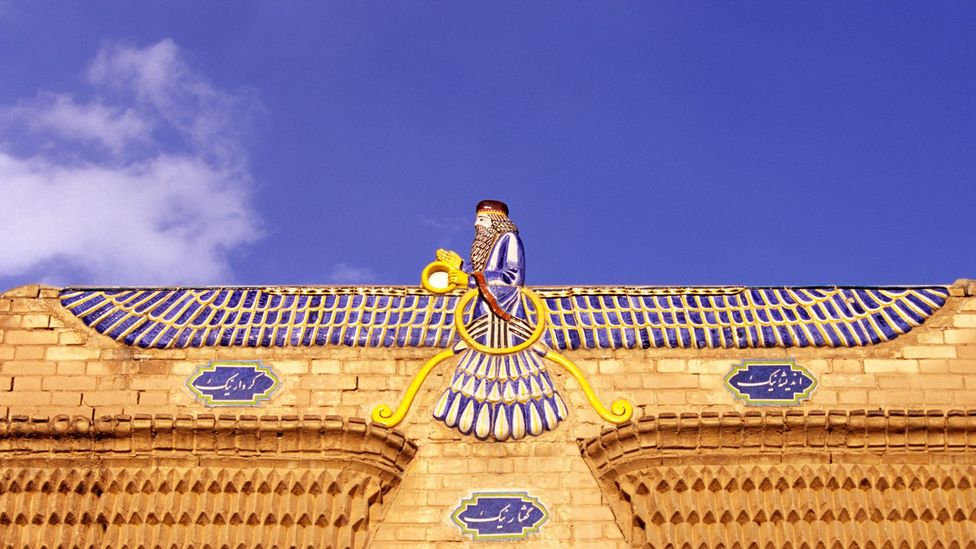
Zoroastrianism in India
Zoroastrian religion prevails with dignity in various parts of the country. The shrines are protected and preserved to take the rich legacy forward. Majority of the Zoroastrians in India can be found in Gujarat and Maharashtra.
I. Maharashtra
Maharashtra is often considered the hub for the Zoroastrian population. Earlier they settled in Gujarat. But with more entrepreneurial skills, they moved to Mumbai. This city hosts the highest number of Zoroastrian fire temples in the country. The Parsi Fire Temple is situated at Perin Nariman Street and the oldest temple can be found on Banaji Lane.
II. Gujarat
Gujrat is packed with several fire temples and is an important religious centre for the Zoroastrian community. The Atash Bahram fire temple in Udvada near Surat is considered extremely sacred by the community. The Sacred Iranshaw Temple is another well-known fire temple belonging to the Zoroastrian religion. The small town of Sanjan is also one of the oldest settlements for the people belonging to this community.
8. Judaism
Judaism is an ancient monotheistic religion that originated in the Middle East. It is one of the first foreign religions that was introduced in India. India ranks fourth among the Jewish Community in Asia. There are mostly three kinds of the Jewish population in the country namely Bene Israeli, Cochin Jews and Baghdadi Jews. The followers of Judaism consider Sabbath a sacred day for worship and rest.
Places of Worship for Judaism in India
India is blessed with a number of Jewish pilgrimage sites that often makes beautiful travel destinations. There are incredible synagogues that are preserved even today. They let travellers immerse in the spirituality of our country from a different perspective.
1. Cochin
The Paradesi and Malabari Jews arrived at the Paradesi synagogue and settled here. Built in the year 1568, it is one of the oldest synagogues in the country. The Dutch renovated the synagogue and it is operational even today. Visitors have to remove their shoes before entering the synagogue.
Also Read : Top 12 Things to do in Kochi (Cochin)
Cochin Travel Guide :
2. Mumbai
A fair number of the Jewish population can be found in Mumbai. A few synagogues are also constructed here. The Gate of Mercy synagogue was constructed in 1798 by Samuel Ezekiel, a Bene Israeli. It is one of the major attractions. Another beautiful synagogue is the Keneseth Eliyahoo Synagogue that features impressive glass windows. Another popular one is the Magen David Synagogue constructed by the Sassoon family.
Also Read : How to Explore Mumbai in One Day
3. Pune
Pune is gifted with the Ohel David Synagogue that was built by David Sassoon in the year 1867. This is the largest synagogue in Asia, outside Israel. Prayers are conducted every Saturday and non-Jewish are not allowed here.
With the presence of so many religions, India is truly a land of diversity.


